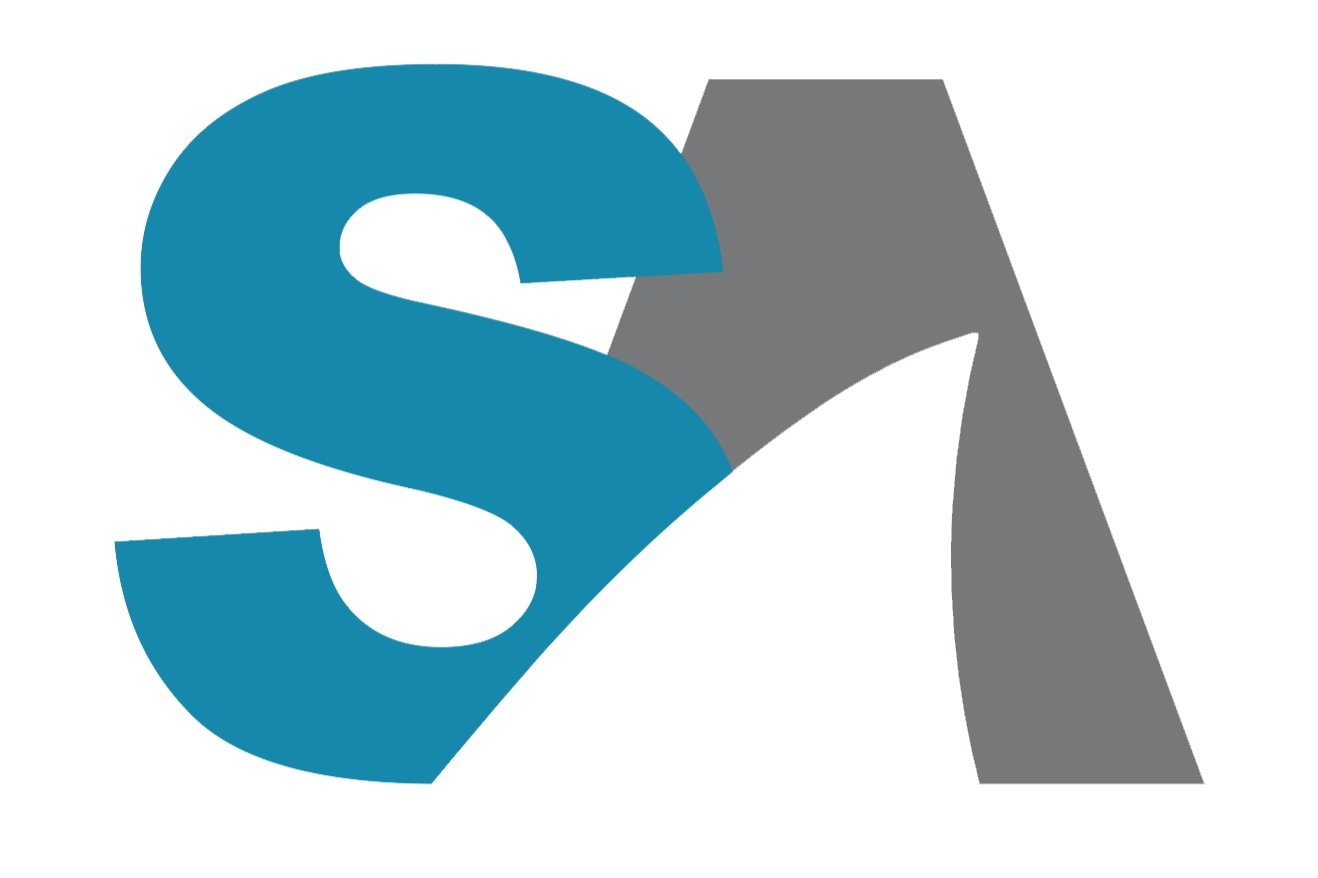Labels and Lies: a Cosmetic Problem
Just because a label says it is cruelty free, doesn’t mean that it is shark free.
In recent years, squalene has quickly turned into a highly sought-after cosmetic ingredient due to its benefits in promoting healthy skin. Squalene boosts hydration in skin, while the antioxidant effect claims to help fight skin damage and free radicals. This is believed to help slow down the aging process of the skin. Squalene is also believed to be beneficial for people who suffer from acne because it does not clog pores like other moisturizing oils. Those who suffer from eczema have found relief in squalene by reducing skin redness, swelling, and inflammation. It is also used in haircare products to promote moisturizing properties, increase shine, and prevent hair breakage.
If you ask the average consumer whether or not they know that their products could contain shark, they would be thoroughly confused. Cosmetic companies themselves, may be just as confused. Many brands are using unknown sources of squalene and therefore do not specify where the squalene is sourced from on their labels. It is common to see squalene listed without “animal-derived” or “plant-based,” so that is where the consumer has to dig to get the correct information. Essentially, these companies could either be unaware or just uninformed, buying whatever source is cheapest.
Adding to this confusion, is the issue with labelling claims. Just because a bottle says that it is free of something, doesn’t mean that they were scientifically checked on that claim. The phrase Cruelty Free simply means that the product and the ingredients were not tested on animals. In the United States, it is not required to test cosmetic products on animals, but many companies choose to do so in order to sell to China, where animal testing is the law. Keep in mind that a cruelty free product can contain animal ingredients.
Not to confuse you, because the terms are thrown around a lot, but the best option is to find something that is both Vegan and Cruelty Free. Vegan means that the product does not contain any animal products, period. It does not necessarily refer to the process in which the cosmetic is made. So unfortunately, it is very misleading because products that are labelled as Vegan can still conduct animal testing. Even so, Cruelty Free or Vegan labeling is not actually regulated by any sort of agency, any brand can take the logo and put it on their label. It is important to have brands be transparent about where they source their ingredients and they are reviewing the manufacturer's certificate of analysis to authenticate what ingredient they are getting.
Don’t depend on labels, check your ingredients!
When it comes to the labeling of cosmetic products, it can be a label of lies. There is also no legal definition for Cruelty Free & Not Tested on Animals, and no regulation on using that phrase on a cosmetic label. Many companies rely on the supplier or contact lab to do that sort of testing or know that their product was previously tested on animals but is no longer. Therefore, they might currently be cruelty-free and not tested on animals, but have been before, using that as a loophole to slap yet another label on their bottle.
The same type of loophole labeling is used with common categorizations like Organic, non-GMO, and Paraben Free, to name a few. These claims can be applied to products that use organically grown plant material but are still not good for humans to apply. In 1996, due to this lack of regulation in cosmetics, the Leaping Bunny certification was established when eight groups came together to form the Coalition for Consumer Information on Cosmetics (CCIC). The goal was to promote a single internationally recognized standard associated with the now Leaping Bunny logo. So if you see this official logo, that is the only label claim that is checked and certified.
Let’s uncover another concerning lie in the cosmetic industry. There is a word on the ingredients list you should be paying attention to, “fragrance.” Did you know that about 3,100 chemicals are able to be hidden behind the ingredient “fragrance”?! In 2010, the EWG commissioned lab tests, revealing 38 unlisted chemicals in 17 name brand fragrance products. Fragrance secrecy is legal due to a giant loophole in the Federal Fair Packaging and Labeling Act of 1973, which requires companies to list cosmetics ingredients on the product labels but explicitly exempts fragrance. By taking advantage of this loophole, the cosmetics industry has kept the public in the dark about the ingredients in products, even those that present potential health risks. Although squalene does not show up as an undercover ingredient in “fragrance” labels, it is a good example to illustrate how much digging the consumer has to do to be certain of what they are putting on and in their bodies.
It is important that we look at the label, just like we look at nutrition facts. It is important to know what labels mean, how they aren’t or are regulated, and to pay attention to the ingredients list. Reach out to companies and see what manufacturers do to test ingredients. Do your research and trust in transparent brands who are honest with their packaging and the ingredients they use. At the end of the day, we not only are trying to save sharks and their ecosystems but we also want to stay healthy, so we can keep them healthy.
